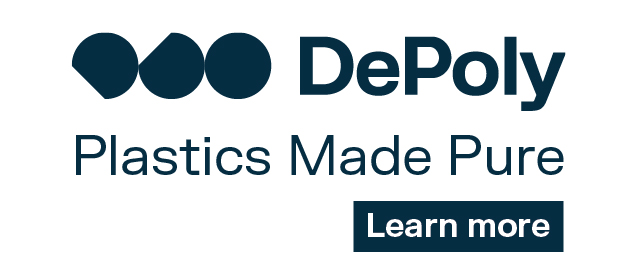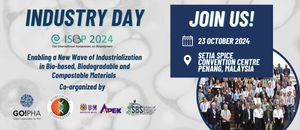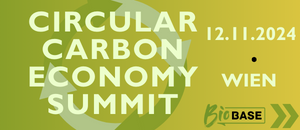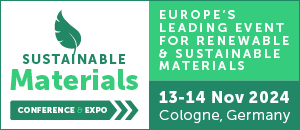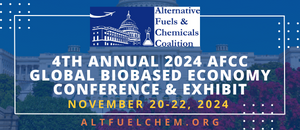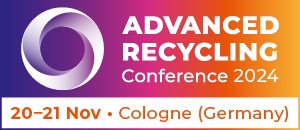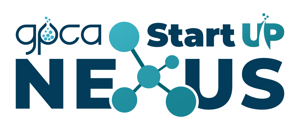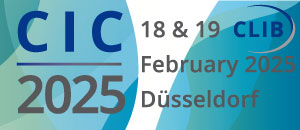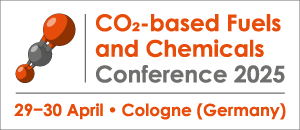Germany is confirmed as a leader with a value of €436.6 billion, then France (379.4 billion), Italy (364.3 billion) and Spain (251.5 billion). This is according a new Report realized by the Intesa Sanpaolo Research Department (Intesa Sanpaolo is one of the major banking group in Europe), in collaboration with Italian Circular Bioeconomy Cluster SPRING and Assobiotec, and today presented in Salerno (South Italy), which is dedicated to bioeconomy, which, in line with the definition of the European Commission, was defined as the set of activities using renewable natural resources to produce goods and energy, generating great advantages in terms of sustainability.

© il Bioeconomista
The Report, at its eighth edition, contains an updated estimate to 2021 of the value of production and of the employed in the Bioeconomy. In terms of employment, the bioeconomy records values ranging between 1.5 million workers in Spain and 2.3 million employed in Germany. Italy, with just over 2 million employees, ranks second immediately behind Germany, ahead of France (1.8 million) and Spain (1.5 million).
In relative terms, what emerges is the greater importance of the Bioeconomy in Spain and Italy which show a weight on total economic activities equal to 11.5% and 11.4% respectively in terms of production and 7.6% and 8.2% considering the employment.
According to the new report, the Bioeconomy confirms also a high resilience: after having suffered less than the economy as a whole the impact of the pandemic during 2020, the whole of the Bioeconomy sectors recorded a significant increase last year, in all European countries analyzed.
After a first quarter of 2022 still characterized by a good evolution, the outbreak of the war in Ukraine has made the scenario in which the companies of the bioeconomy operate much more complex.
The cost increases and the difficulties in supplying inputs, particularly energy but also agricultural ones, will have a significant impact for some sectors of the bioeconomy (agriculture, fishing, and paper products in particular).
The bio-based component of chemistry and energy production deserves a separate discussion: oil price increases are not expected to run out in the short term, given the tensions between supply and demand and the difficulties in finding a diplomatic path out of the crisis. How much this can translate into a competitive advantage for bio-based productions will depend on many factors, including the prices of alternative raw materials to oil, such as agricultural ones, which in turn are experiencing strong tensions, not only due to the conflict but also, increasingly, due to climate change.
Precisely for this reason, the scenario that is outlined makes it essential to accelerate the adoption of more energy efficient production processes, the widespread production of electricity from renewable sources but also and, above all, the reuse of secondary raw materials, with a local and circular view which appears even more crucial in light of the fragility of the long supply chains that have characterized world growth in the last two decades.

Source
Supplier
Assobiotec (Italian Association for the Development of Biotechnology)
European Commission
Intesa Sanpaolo Research Department
Italian Circular Bioeconomy Cluster SPRING
Share
Renewable Carbon News – Daily Newsletter
Subscribe to our daily email newsletter – the world's leading newsletter on renewable materials and chemicals





